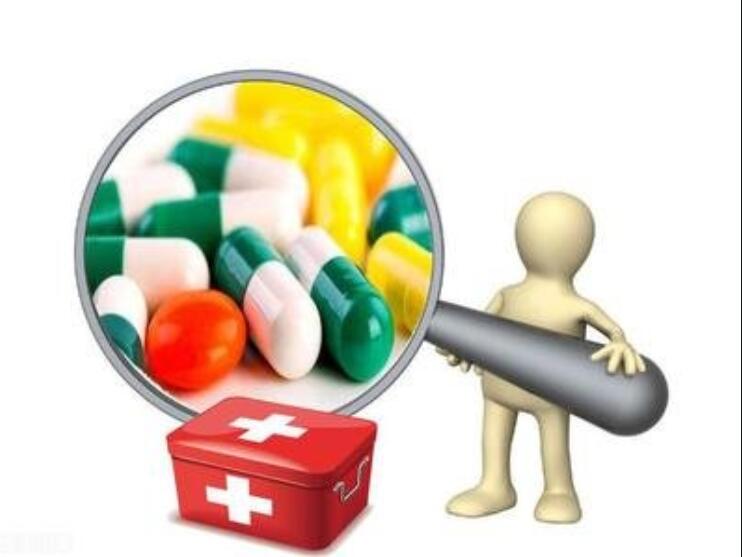Categories
- Blog (808)
- Customer Purchase (378)
- Best Sarms stack (6)
- Weight loss peptide (39)
- Other supplements (35)
- Home made (6)
- Testosterone & TRT & AAS (75)
- PCT (28)
Oxymetholone has a lower androgen grade, 45% of testosterone. However, this mild level of androgen does not mean that it has any lower androgen side effects than testosterone. Androgen side effects of oxymetholone include hair loss, oily skin, acne, and testosterone suppression

Hair loss and acne
This is caused by increased secretion of the skin by the sebaceous glands. Sebum’s job is to moisturize the skin, but too much sebum can clog pores and cause acne breakouts. This side effect is often genetic, and if a person has experienced acne during adolescence, they are more prone to acne over the course of oxymetholone use.
oxymetholone is a derivative of DHT, but it also converts to DHT. We know that DHT is the main hormone responsible for scalp hair loss. DHT causes hair follicles to miniaturize, leading to thinning hair and even baldness. If you’re already experiencing signs of hair loss, using AAS can speed up the process. There is a risk of hair loss with any AAS. But hair loss is also influenced by genetics. If you don’t have hair loss that runs in your family, you probably won’t experience baldness with AAS. If you have hair loss that runs in your family, you are at high risk for hair loss with AAS.
All AAS inhibit the production of endogenous testosterone. Low testosterone levels after a cycle can have a big impact on bodybuilder, so PCTS are very important for oxymetholone cycle.
Low testosterone levels can lead to low motivation, low energy, and decreased libido. oxymetholone has a strong inhibitory effect on endogenous testosterone.
Oxymetholone does not have high levels of androgen. Why does Oxymetholone have so many androgen side effects?
Normally, the body’s DHT is produced when testosterone is reduced by 5AR. oxymetholone produces DHT in a different way. oxymetholone contains an additional 2-hydroxymethylate. Once in the body, it is metabolized to produce 17-alpha-methyldihydrotestosterone. 17-alpha-methyldihydrotestosterone is a very potent androgen, which is why it has a low androgen grade but still produces strong androgen side effects.
Because oxymetholone does not convert to DHT via 5AR, finasteride, which inhibits DHT production by inhibiting the action of 5AR, is ineffective in treating hair loss caused by oxymetholone.